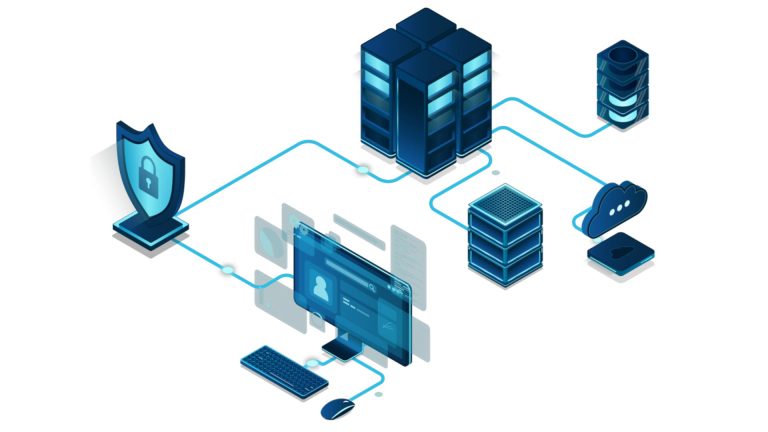How Smart Monitoring Prevents Industrial Downtime
Introduction
In modern industrial environments, unexpected equipment failures can lead to costly downtimes, safety hazards, and production inefficiencies. Traditional maintenance strategies, such as reactive and preventive maintenance, often fall short in optimizing operational efficiency. This is where Predictive Maintenance (PdM) comes in—leveraging advanced sensors, IoT connectivity, and AI-driven analytics to anticipate failures before they occur. In this article, we will explore the key principles of PdM, its technologies, benefits, and real-world applications.
The Shift from Reactive to Predictive Maintenance
Traditional maintenance models include:
- Reactive Maintenance – Repairs are performed only after a failure occurs, leading to unplanned downtime and high repair costs.
- Preventive Maintenance – Scheduled maintenance based on time or usage, often leading to unnecessary component replacements.
Predictive Maintenance, on the other hand, uses real-time data analytics to determine the optimal moment for intervention, significantly reducing both costs and downtime.
Key Technologies Driving Predictive Maintenance
PdM relies on a combination of sensor technology, data analytics, and machine learning algorithms to detect potential failures. The core technologies include:
- IoT-Enabled Sensors
- Vibration Sensors – Detect anomalies in rotating machinery (e.g., motors, turbines, pumps).
- Temperature and Thermal Sensors – Identify overheating components before they fail.
- Acoustic Emission Sensors – Recognize stress fractures and leaks in pipelines.
- Ultrasonic Sensors – Monitor fluid flow and detect blockages.
- Machine Learning and AI
- AI-powered predictive models analyze sensor data to detect early signs of wear and degradation.
- Algorithms continuously improve over time, leading to more accurate predictions.
- Cloud-Based Data Analytics
- Massive volumes of real-time sensor data are processed in the cloud, allowing remote access and predictive insights.
- Edge computing enables localized data processing for faster decision-making.
- Digital Twin Technology
- A virtual replica of industrial assets enables simulation-based analysis of failure risks.
- Engineers can test different maintenance strategies without disrupting actual operations.
Benefits of Predictive Maintenance
The implementation of PdM offers several advantages across industrial sectors:
✅ Reduced Downtime – Predicting failures before they occur minimizes production halts.
✅ Cost Savings – Avoiding unnecessary maintenance reduces operational expenses.
✅ Extended Equipment Lifespan – Early detection of faults prevents severe mechanical damage.
✅ Improved Worker Safety – Prevents hazardous failures that can put employees at risk.
✅ Optimized Resource Allocation – Focuses maintenance efforts where and when they are truly needed.
Real-World Applications of Predictive Maintenance
Predictive Maintenance is transforming multiple industries by maximizing efficiency and reducing risks.
✔ Manufacturing Plants – PdM minimizes machine breakdowns, ensuring continuous production lines.
✔ Energy Sector – Wind turbines and power plants use vibration and thermal monitoring to prevent failures.
✔ Oil & Gas Industry – Pipeline leaks and equipment failures are detected before causing environmental hazards.
✔ Aerospace & Aviation – Aircraft engines undergo real-time health monitoring, reducing emergency maintenance.
✔ Smart Buildings – HVAC systems, elevators, and critical infrastructure are monitored to optimize maintenance schedules.
Challenges and Future Trends in Predictive Maintenance
While PdM offers significant advantages, its adoption comes with challenges:
🔹 High Initial Investment – Deploying sensors and AI systems requires capital investment.
🔹 Data Management Complexity – Processing and analyzing vast amounts of sensor data can be overwhelming.
🔹 Integration with Legacy Systems – Many industrial facilities operate with outdated machinery that lacks IoT capabilities.
However, the future of PdM looks promising, with 5G connectivity, AI advancements, and edge computing making predictive maintenance even more accessible and efficient. Self-learning AI models will further refine failure predictions, reducing false alarms and improving accuracy.
Conclusion
Predictive Maintenance is revolutionizing industrial operations by eliminating unnecessary maintenance, preventing failures, and maximizing efficiency. As IoT, AI, and cloud computing continue to advance, PdM will become a standard practice in industries worldwide. Companies that embrace this approach will gain a competitive advantage, ensuring sustainable and cost-effective operations.
Is your industry ready to implement Predictive Maintenance? Investing in smart monitoring technologies today will safeguard your infrastructure and secure long-term operational success.







